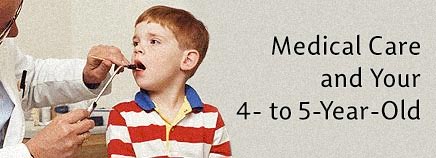When your child has a serious or chronic illness, it’s hard to think beyond the next treatment. While health is the first priority, education also is important. School is part of every child’s normal day, and even the most reluctant learner would prefer to be healthy and in school rather …
Birthing Centers and Hospital Maternity Services
You’ll make plenty of decisions during pregnancy, and choosing where to give birth — whether in a hospital or in a birth center setting — is one of the most important. Hospitals Many women fear that a hospital setting will be cold and clinical, but that’s not necessarily true. A hospital …
Chemotherapy
Numerous medical advances have helped health care professionals manage, lessen, and prevent certain side effects of cancer treatments. But parents whose kids need chemotherapy — one of the most common treatments for childhood cancer — often have many questions and concerns about it. About Chemotherapy Chemotherapy (often just called “chemo”) …
Medical Care and Your 13- to 18-Year-Old
By meeting yearly with your teen, the doctor can keep track of changes in physical, mental, and social development and offer advice about avoiding unhealthy behaviors, such as smoking and drinking. The doctor also can help your teen understand the importance of choosing a healthy lifestyle that includes good nutrition, proper …
Medical Care and Your 2- to 3-Year-Old
Well-Child Visits Regular well-child exams are an important part of keeping kids healthy and up to date on immunizations against many serious childhood diseases. Checkups also are a chance for you and the doctor to talk about developmental and safety issues, and for you to get answers to any questions about your …
Medical Care and Your 4- to 5-Year-Old
The Well-Child Visit Regular well-child exams are an important part of keeping kids healthy and up to date on immunizations against many serious childhood diseases. Checkups also are a chance for you and the doctor to talk about developmental and safety issues, and for you to get answers to any …
Medical Care and Your 6- to 12-Year-Old
At the Doctor’s Office Regular well-child exams are an important part of keeping kids healthy and up to date on immunizations against many serious childhood diseases. Checkups also are a chance for you and the doctor to talk about developmental and safety issues, and for you to get answers to …
Preparing Your Child for Visits to the Doctor
When they know they’re “going to the doctor,” many kids worry a bit about the visit. Whether they’re going to see their primary care doctor or a specialist for a routine exam, illness, or special problem, kids are likely to have fears, and some may even feel guilty. Some fears and …
Radiation Therapy
If you’ve seen a dentist or been treated for a broken bone, you’ve experienced radiation firsthand. In everyday life, radiation in the form of X-rays is used to create images of areas of the body that doctors can’t see, such as the inside of a tooth or the interior of …
School-Based Health Centers
Getting health care for your child can be complicated. Many doctors only offer appointments during the school day, and their offices might be far from school. To see the doctor, your child might have to miss school and you might have to leave work — which isn’t always an option. …










